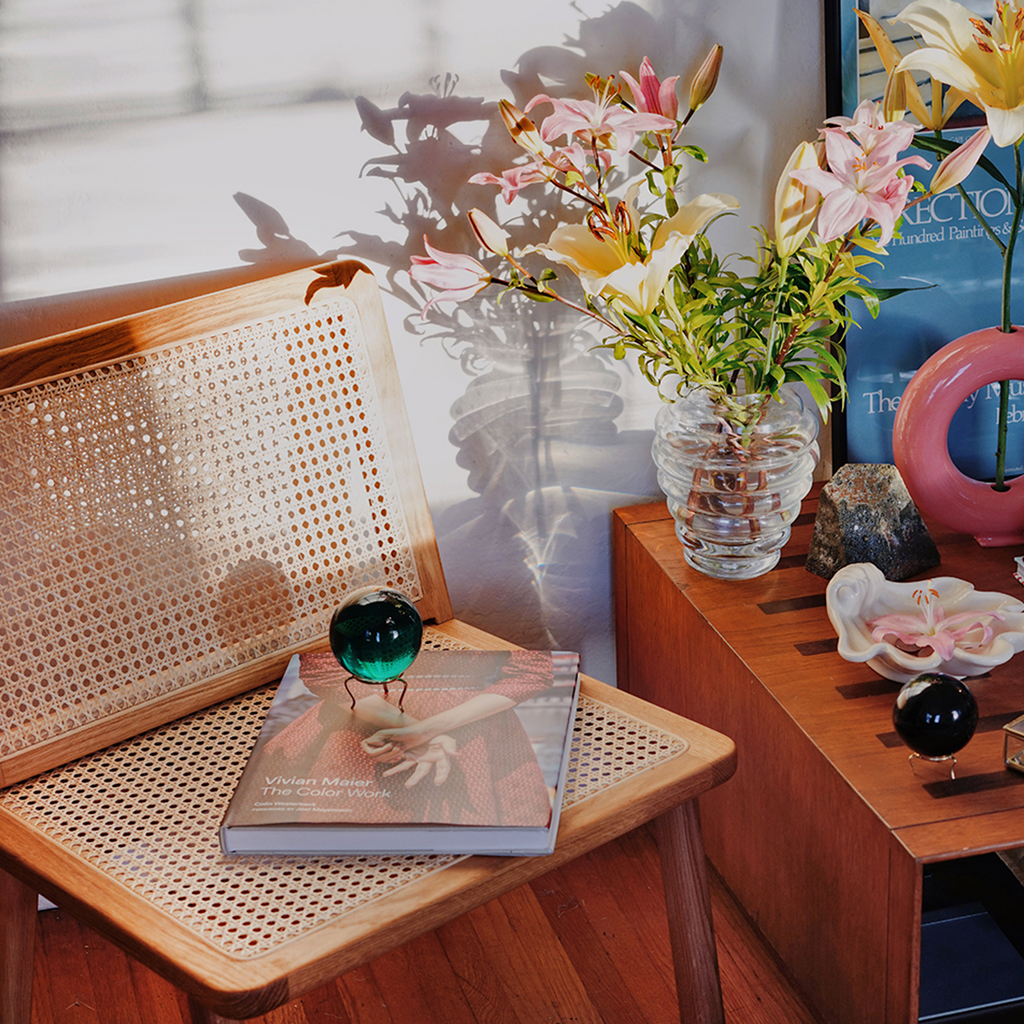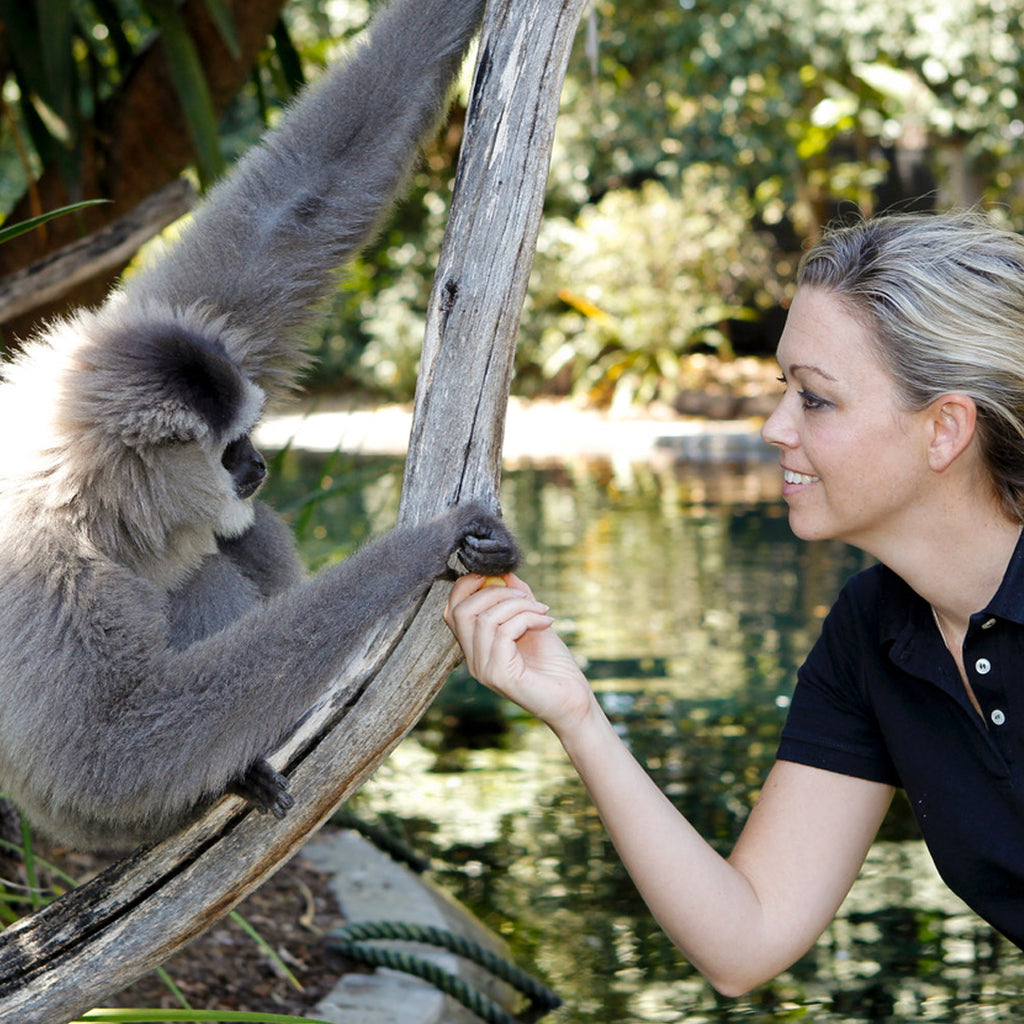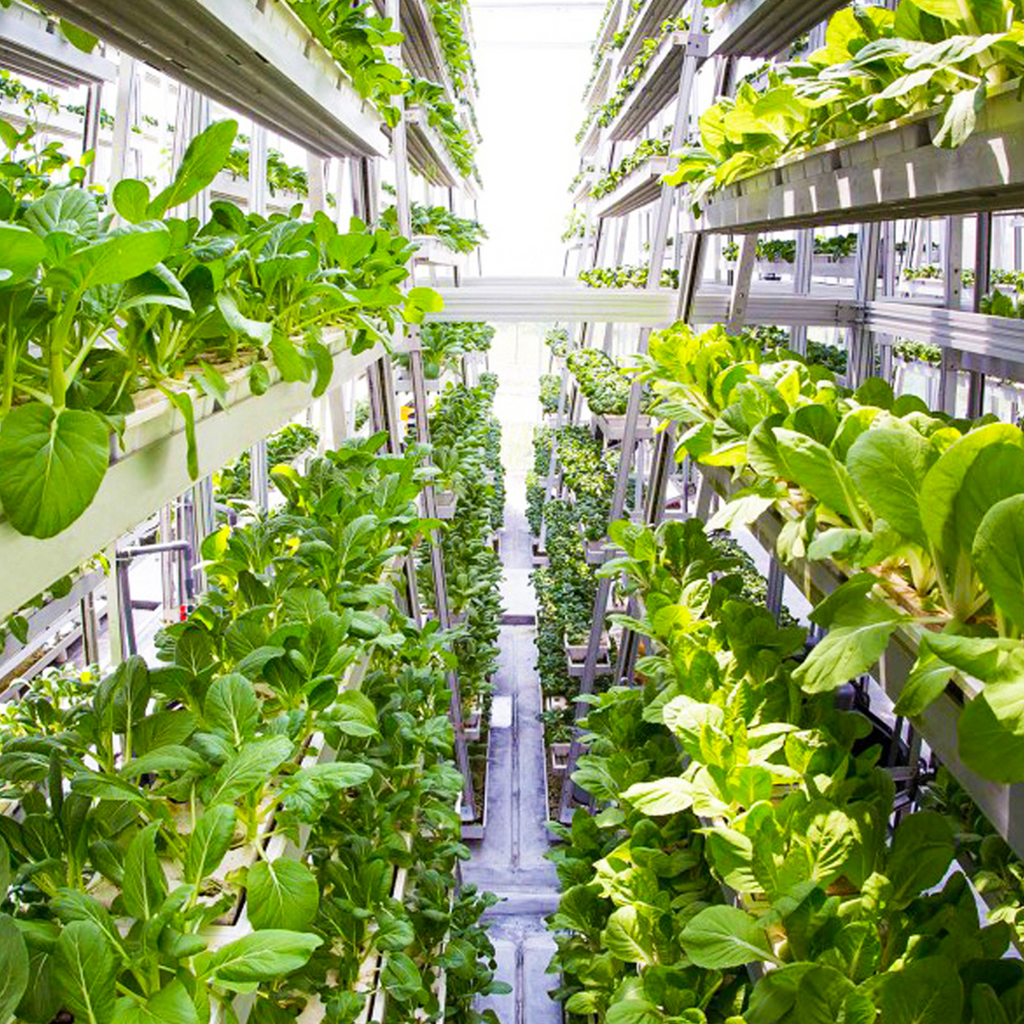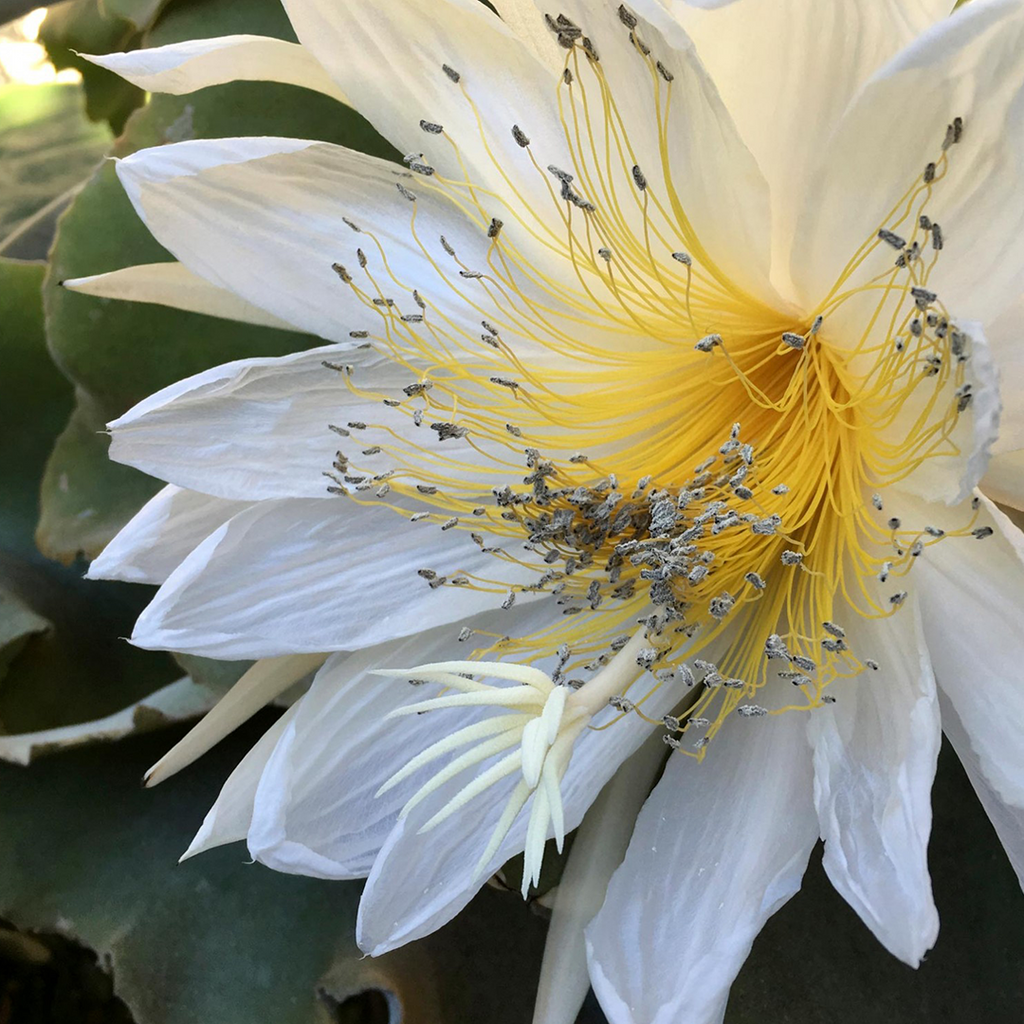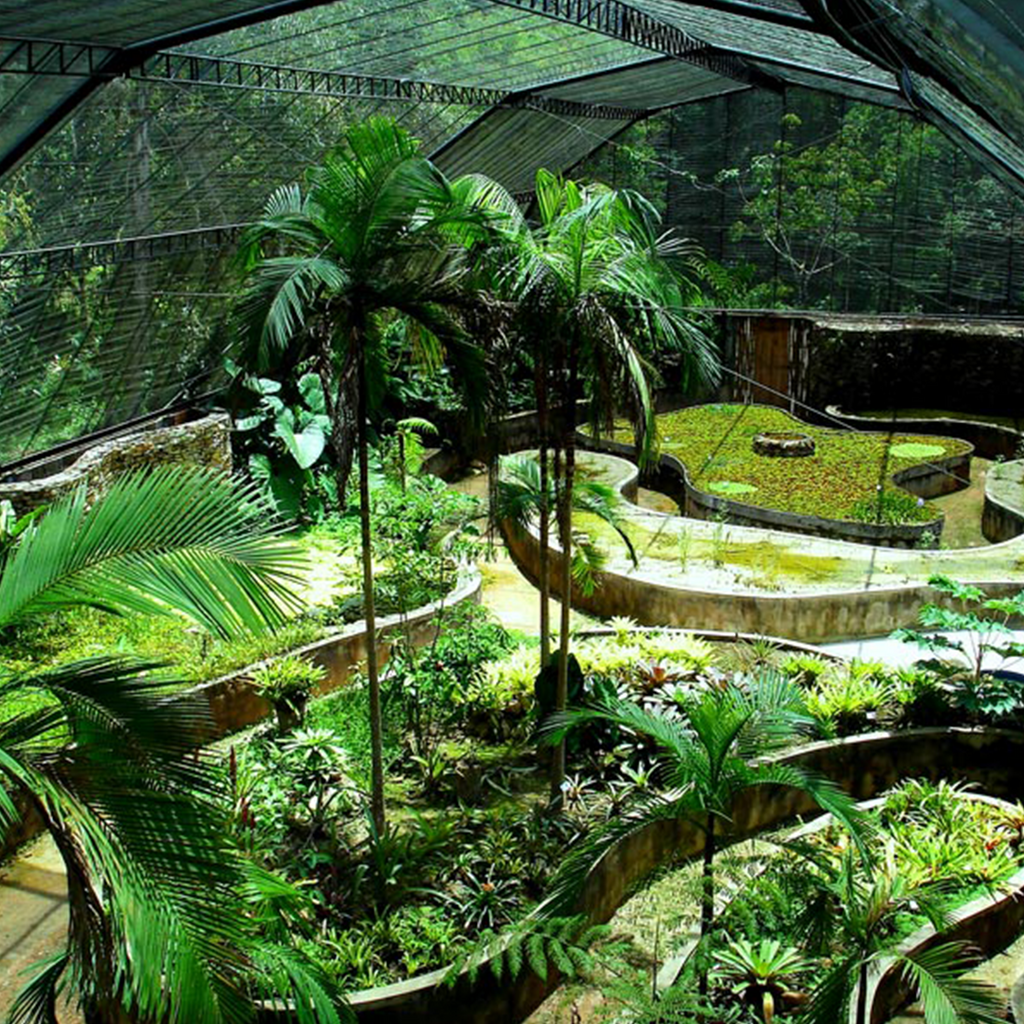A sustainable tour of Bourdeaux, France

Hélène Touratier, architect and interior architect based in Bourdeaux, France.
Hélène Touratier has a bold poetic sense for details, light and space. Before she opened up her own office in Bordeaux she worked with the award winning studio Pierre Yovanovitch.
Q: Name 3 sustainable things you can do in Bourdeaux, France?
“I find that France lies a little behind other European countries concerning sustainability and ecology, but this is slowly evolving.
In Bordeaux, a few places are opening these days where you can shop consciously or eat local and organic…
We have a few favorite restaurants with local products (if not organic), such as L’atelier des Faures, which is a tiny restaurant with delicious food in the St Michel’s area.
I also like Soif, which is a wine bar with great little plates to share (or not!) and a carefully selected wine list (they serve Pedres Blanques which is a wine with rare qualities, organically produced by a Japanese couple Rie & Hirofumi Shoji in Collioure, Roussillon. I suggest you taste it if you visit the place and they still have it in stock.
Moving to this small city after living in Paris also allowed us to give up the car and public transportation most of the time, as we use bikes for our daily rides.
I bought a second hand cargo bike as soon as we moved here to drive the kids around the city, and now that the kids are bigger, they use their own bikes to ride to school.
Compared to the French cities, Bordeaux is quite easy to get around on a bike because of the addition of more and more bicycle lanes. The cars are adapting to the growing population of cyclist, even if there is still improvement to make.
You can find a lot of cycle repair shops and also a few bike cafés. I personally like Musette, which is a small repair shop and café with vegan food and kind people, and a little hidden backyard for the warmer days.
Bordeaux area is also a great location to go hiking and enjoy the nature, with the Landes forest and lakes very close and the spectacular view from the Dune du Pyla (which I suggest you visit in summer or autumn as it is sadly becoming a touristic attraction). While you’re in the area, you can have drink or two at La Co(o)rniche, designed by Philip Stark in 2010, and enjoy the amazing view from the terrace.”
We would love to hear your advice for living more sustainable. How do you live more sustainable - is it something you include in your work?
“Concerning our daily habits, I completely stopped buying groceries, vegetables, dairies or meat (actually, we tend to reduce our family's meat intake since a few years) in supermarkets since we moved to Bordeaux three years ago, as we live nearby the Marché des Capucins, which is a great market with local producers directly selling to costumers, and some organic sellers. We also started to buy bulk products in shops like La Recharge and Au Petit Poids. We try to reduce our waste (by using reusable products instead of plastic and paper) and of course we educate our kids to be responsible. I am naturally a minimalistic person, as I like big empty spaces like most architects maybe! I may have the smallest closet in the family, wearing mostly basics, jeans and black and white t-shirts.
We recently moved into our new home, which is a former warehouse a little bit outside the city center. I designed the place using mostly wood for structure and wall panels, and we sourced the materials with at least E1 class concerning formaldehyde emissions. We used only natural fibers for insulation (wood wool, which has great thermal inertia or cotton and hemp panels for acoustic) and we used the cleanest paint we could find (water paint with mineral pigments).
I tried to decorate the place as consciously as possible, buying vintage furniture for the most part, or sustainable products as your 15Chair. I also have a thing for handmade ceramic, so I gradually replace our generic dish ware with handmade cups, plates and bowls that I buy or make myself (I subscribed to a few ceramic classes).I use the same process in my work for private clients (sourcing ecological materials, conceiving the place as passive as possible using insulation and solar gains, shopping vintage and quality products, looking for local designers and artisans). If possible when designing a project, I try not to follow trends and I stick to intemporal and durable materials, designs and products. My work is consequently mostly minimalistic and includes a lot of wood and raw materials (stone, brick, concrete, plaster).”
What do you like about the 15Chair? Was it complicated to assemble?
“I discovered the 15Chair in a magazine and had a crush on the design. I then went to your website and discovered your concept and process, and I liked your sustainable approach which was a bonus. I bought the Oiled oak one, and found it very easy (and fun) to unfold and assemble (I didn’t use glue). I usually appreciate assemblage details in woodwork and I love that they are visible on your chair in the back and on the sides.”

